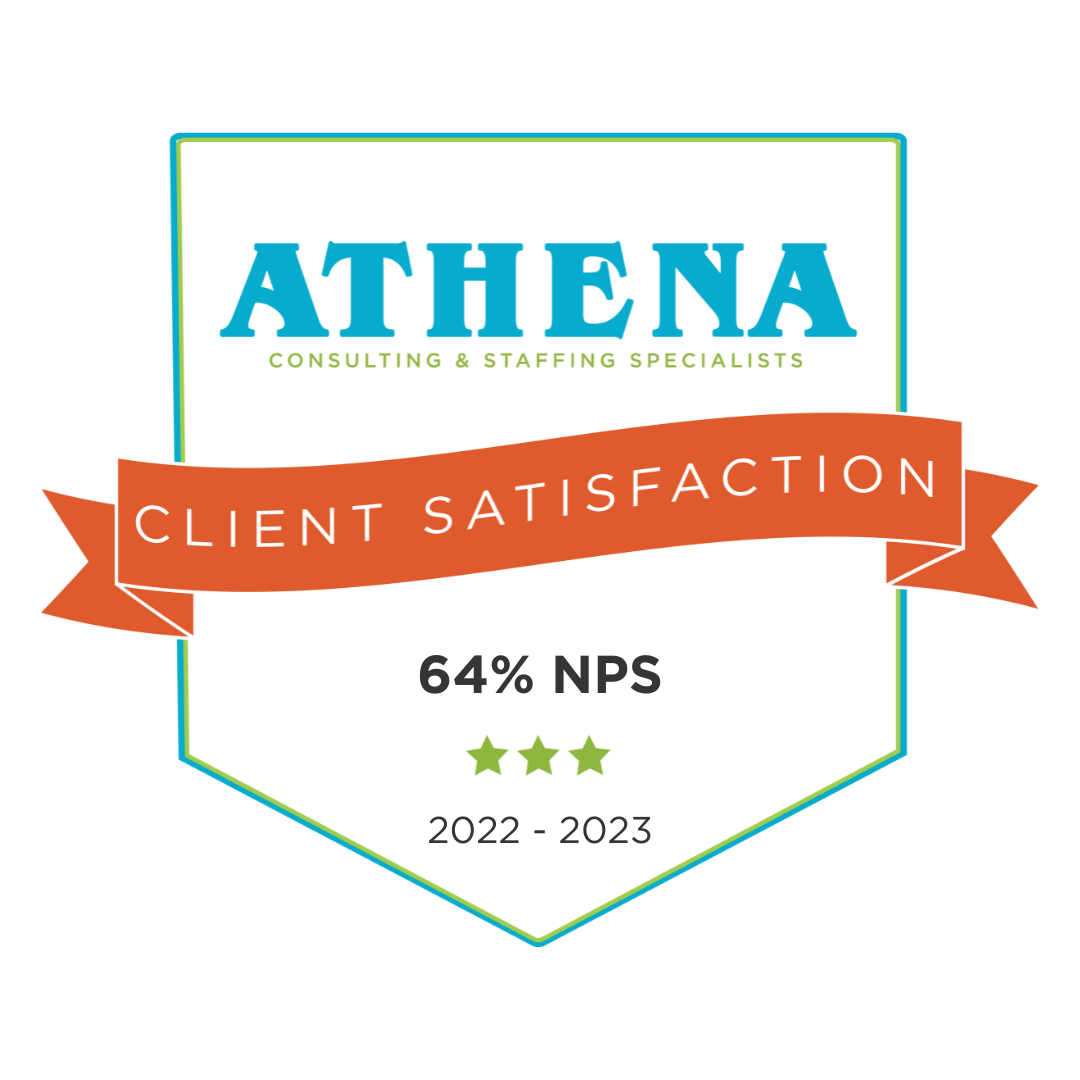Diversity, equality, and inclusion (DEI) has emerged as a pivotal force shaping the way businesses operate and teams collaborate as many companies and institutions have made commitments to DEI. Creating real change regarding DEI, however, is about choosing the most effective framework that will work to break down barriers, encourage innovation and collaboration, and amplify underrepresented voices.
Building a Corporate DEI Strategy:
The University of Michigan has done great work to build an institutional DEI strategy to understand how to create a successful corporate DEI strategy that can be sustained through the balance of foundational components and signature initiatives. An example of this is their Go Blue Guarantee initiative. It is aimed at reducing economic barriers and increasing the socio-economic diversity of the Ann Arbor campus. This initiative provides accepted students, who are Michigan residents, eligibility for free in-state tuition at the Ann Arbor campus if their family income and assets are below a certain range.
If you want to read more about the Go Blue Guarantee or Michigan’s DEI Strategy toolkit, click here. Keep reading to understand how to avoid shortfalls in DEI strategy and successfully craft a corporate DEI strategy to fulfill your company’s DEI commitments.
Creating a Mission:
The first step in creating any meaningful corporate DEI strategy that will last is creating a mission statement and setting a goal that is both strong and achievable. Establishing corporate DEI cultures must be cultivated from the top down and embedded into the company’s mission. It’s important to link to specific and concrete objectives while also maintaining a broad aspirational overview of objectives.
Assess and Analyze your Corporate DEI Strategy:
Once the broader path has been outlined, it’s important to promote these initiatives with both qualitative and quantitative data. Measure where the company is in regards to these corporate DEI goals. For example, if the mission outlines a gender parity within the organization, creating a baseline of data with the current statistics in recruitment or promotions regarding gender would be a good place to start.
If another DEI strategy goal is a sense of belongingness among employees of color, collecting more qualitative data with anonymous employee surveys or focus groups is a good foundation. However, it is important to prioritize both qualitative and quantitative data regardless of the mission statement.
Timeline:
Once the basic work has been done, creating a timeline regarding DEI strategy is a delicate balance. It must be fast enough to motivate and not allow for procrastination, while also being realistic regarding the timetable in which real change takes place. Some mistakes can be made in wanting to see an impact straight away. Setting aside proper time to plan and strategize is essential.
While it can take a while to formulate plans, taking the time to understand every piece of the puzzle will ensure everything goes as effectively as possible and will help mitigate future problems. Plan to attack fewer, but bigger goals rather than pursuing several smaller, stand-alone efforts. Those are the ones that will fight for resources. Instead, seek out bigger corporate DEI initiatives that are mutually reinforcing.
Allocate Appropriate Resources:
Corporate DEI strategy efforts are wide reaching, and without the proper support and resources, they will fail. It is crucial to allocate enough manpower and resources so that workers have a proper foundation to start. Going back to one of the earlier steps regarding quantitative and qualitative data; this data analysis should help executives grasp the scope of the changes they anticipate taking place inside the company and, consequently, the resources that could be needed for a successful DEI transition.
Measure and Monitor Progress:
Leaders who are overseeing and guiding these corporate DEI strategy efforts also need to facilitate check-ins and listen to employees to see if certain programs are working well or need to be changed. Additionally, these set check-ins will help understand and track development of these initiatives. Leaders can more easily monitor progress and can accelerate and expand successful DEI efforts when needed and scale back on less successful ones.
Lastly, ATHENA Consulting is focused in DEI both internally as well as with our staffing processes in place for clients. Learn more about our commitment to diversity HERE. If we can help better shape your overall staffing for a more inclusive workforce, contact us.









